How Storytelling Can Heal Reality
By Amy Baik Lee
Note: this article is a precursor to Amy’s full, recorded talk that is available for members.
Our God is a God of plain discourse, yes, but also certainly of poetry—and narrative. For poetry and narrative lie in the province of the imagination, and imagination is the means by which we absorb truths that are sometimes too great for our minds to comprehend. I believe the reason why poetry confounds the rationalistic, attention-skimming thinker is that it always delivers more than a simple point. Poetry—and good stories—lay out an atmosphere that is meant to soak into your bones and change you.
Have you ever read a piece that has lost your attention halfway through because the language was too generic? Somehow a trail that began with a relatable narrative devolves into something that sounds more like a sermon—a sermon that you’re not quite sure applies to you.
I think generic storytelling, or storytelling that is commandeered for just long enough to “hook” a reader before lapsing into generalities, is frequently ineffective because we live in a broken world—a world in which we scarcely dare to put our hope in the possibility of good. Our imaginations are not trained for it.
When we sit down to a full table, it’s not hard to remind ourselves that somewhere out there, a child is starving. We are far less likely to do the opposite—to walk through a hospital ward and think, thank goodness somewhere out there a child has been healed of an illness today.
And we’re not wrong to have that bent; it simply shows us that in a broken world, evil has the upper hand in generalities. We will always find it easier to conjure up an exception to an assertion of goodness than hold to the belief that amid suffering, goodness still exists.
Against the backdrop of that reality, now consider what Christ told us about the kingdom of heaven. The kingdom of God—and the pervasive evidence of His intention to restore us and heal us—is working its way into our world like a mustard seed, like leaven working through three measures of flour. It does not begin with a central organized movement that forges forward with an agenda. It breaks in through specific moments: an embodied encounter here, a story of a life utterly changed there.
I think that’s why many conversion tales tell the story of dots that began to connect in the mind and the heart of the convert, like a smattering of true stories winking into view like stars in the night sky.
The telling of our stories is knit into the fabric of His plan for the kingdom. As we share them, we dismantle the stronghold of the lie that the brokenness we see with our two eyes constitutes the whole of reality.
_________
Amy Baik Lee is a contributing writer for the Cultivating Project and the Rabbit Room, a literary member of the Anselm Society Arts Guild, and the author of This Homeward Ache. A lifelong appreciator of stories, she holds an MA in English literature from the University of Virginia and still "does voices" when she reads aloud. She writes at a desk that looks out on a small cottage garden, usually surrounded by her husband’s woodworking projects, her two daughters’ creative works, and patient cups of rooibos tea. Amy’s website.


